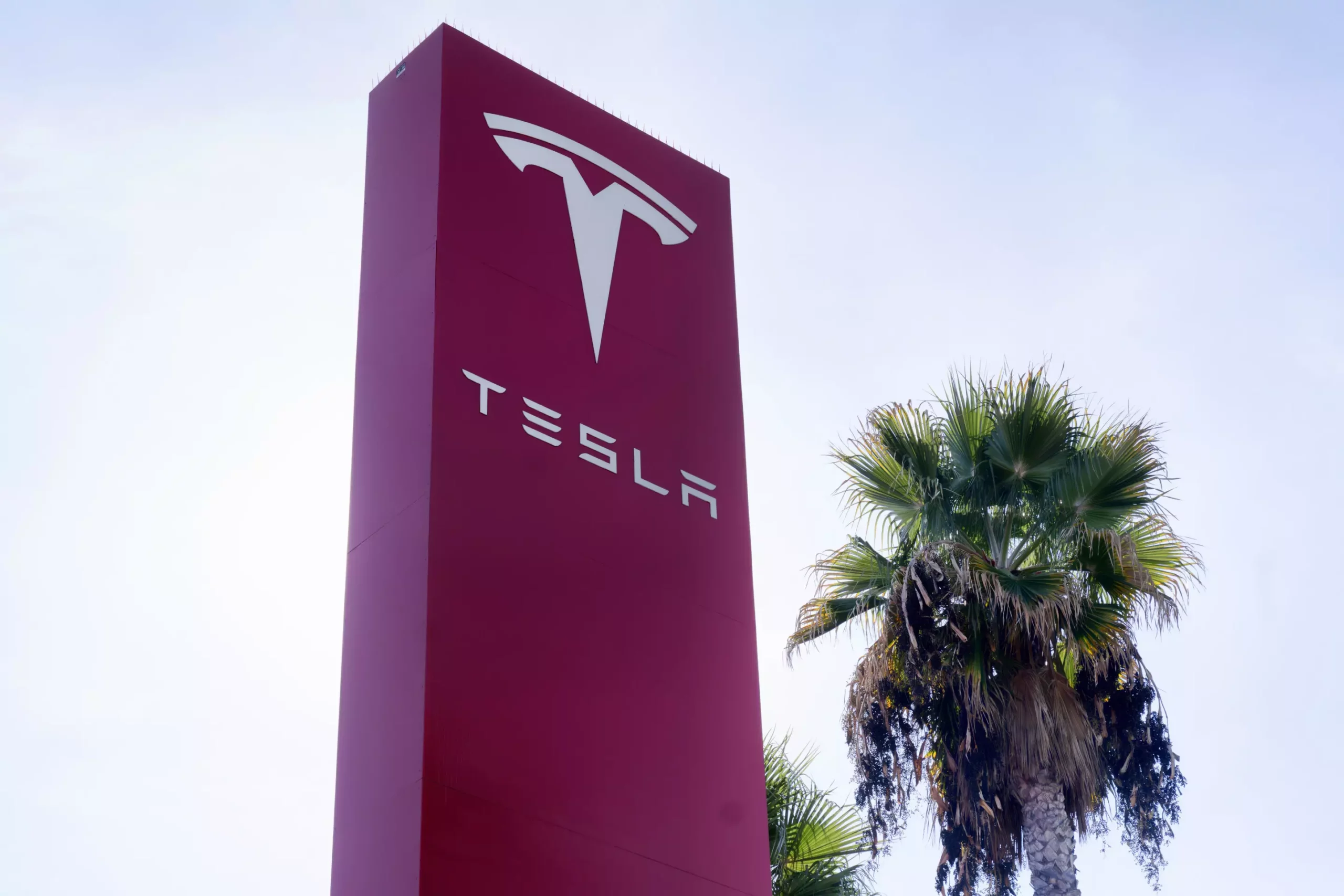In a recent tragic incident near Seattle, a Tesla operating on the company’s Autopilot system struck and killed a motorcyclist. The driver, admitting to using Autopilot and looking at his cellphone while the vehicle was in motion, collided with the motorcyclist, resulting in his death. This raises serious questions regarding the effectiveness of Tesla’s Autopilot system in ensuring driver attention on the road.
The driver, a 56-year-old man, was arrested on charges of vehicular homicide due to his admitted inattention to driving while relying on Autopilot and being distracted by his cellphone. This brings to light the dangers of over-reliance on autonomous driving systems and the lack of proper attention to the road by drivers.
The Recall and Its Insufficiency
Just four months prior to the incident, U.S. auto safety regulators pushed Tesla to recall over 2 million vehicles to address a flawed system meant to ensure drivers remain attentive while using Autopilot. However, the update provided by Tesla was deemed inadequate, as it only increased warnings and alerts, without implementing more effective measures to prevent driver distraction.
The Limitations of Autopilot
Despite its name, Tesla’s Autopilot system does not make cars fully autonomous. While it can keep a vehicle centered in its lane and maintain a safe distance from other vehicles, it still requires active supervision by the driver. The reliance on torque feedback from hands on the steering wheel as the main monitoring system has been criticized as insufficient by experts.
Lack of Proper Monitoring
Although Tesla vehicles equipped with Autopilot feature cabin cameras to monitor driver attentiveness, it has been found that these cameras can easily be obscured by drivers without any consequences. This loophole in the monitoring system raises concerns about the effectiveness of current safety measures in place.
Experts in vehicle automation safety, such as Philip Koopman from Carnegie Mellon University, advocate for regulatory intervention to prevent such incidents in the future. The National Highway Traffic Safety Administration (NHTSA) should investigate the crash and evaluate whether the recall measures implemented by Tesla are truly mitigating risks associated with Autopilot usage.
The NHTSA has been involved in investigating numerous crashes involving Tesla vehicles operating on partially automated driving systems, resulting in fatalities. The agency also looks into incidents involving automated driving systems from other automakers, emphasizing the need for stricter regulations and oversight in the development and deployment of autonomous driving technologies.
The fatal crash involving a Tesla on Autopilot highlights the pressing need for comprehensive safety measures and stricter regulations in the realm of autonomous driving. As technology continues to advance, it is crucial to prioritize driver safety and attentiveness on the road to prevent tragic incidents like the one near Seattle.



Leave a Reply